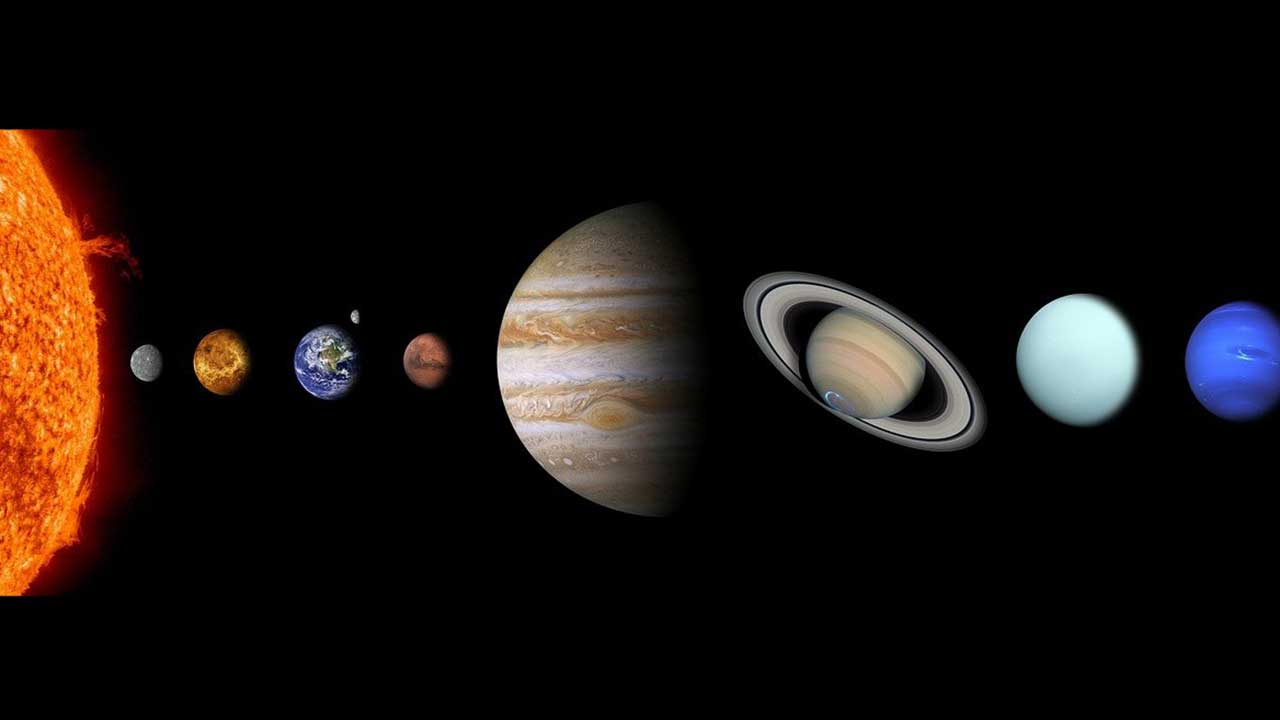
The presence of water is considered as the primary sign of habitability of a planet. The probability of that situation has seemed impossible to ascertain because it has been the assumption that planets like Earth got their water by chance when a large ice asteroid hits the planet.
A recent study by the GLOBE Institute at the University of Copenhagen recently indicated that water might be present on planets such as Earth, Venus, and Mars.
According to the study, water was part of Earth’s building blocks from the beginning. As water molecules can occur frequently, it is possible to apply to all planets in the Milky Way.
Professor Anders Johansen from the Centre for Star and Planet Formation said, “The decisive point for whether liquid water is present is the distance of the planet from its star.”
For their study, scientists used a computer model to calculate how fast does it take for a planet to form and from which building blocks. Scientists found that it was millimeter-sized dust particles of ice and carbon—which are known to orbit around all young stars in the Milky Way—that 4.5 billion years ago accreted in the formation of what would later become Earth.
Anders Johansen, who together with his research team in Lund ten years ago put forward the theory that the new study now confirms, said, “Up to the point where Earth had grown to one percent of its current mass, our planet grew by capturing masses of pebbles filled with ice and carbon. Earth then grew faster and faster until, after five million years, it became as large as we know it today. Along the way, the temperature on the surface rose sharply, causing the ice in the pebbles to evaporate on the way down to the surface so that, today, only 0.1 percent of the planet is made up of water, even though 70 percent of Earth’s surface is covered by water.”
According to a theory called pebble accretion, planets are formed by clumped pebbles, and that the planets then grow larger and larger.
Anders Johansen said, “The water molecule H2O is found everywhere in our galaxy, and that the theory, therefore, opens up the possibility that other planets may have been formed in the same way as Earth, Mars, and Venus. All planets in the Milky Way may be formed by the same building blocks, meaning that planets with the same amount of water and carbon as Earth—and thus potential places where life may be present—frequently occur around other stars in our galaxy, provided the temperature is right.”
“If planets in our galaxy had the same building blocks and the same temperature conditions as Earth, there will also be good chances that they may have about the same amount of water and continents as our planet.”
Professor Martin Bizzarro, a co-author of the study, says: “With our model, all planets get the same amount of water, and this suggests that other planets may have not just the same amount of water and oceans, but also the same amount of continents as here on Earth. It provides good opportunities for the emergence of life.”
“If, on the other hand, it was random how much water was present on planets, the planets might look vastly different. Some planets would be too dry to develop life, while others would be completely covered by water.”
Anders Johansen said, “A planet covered by water would, of course, be good for maritime beings, but would offer less than ideal conditions for the formation of civilizations that can observe the universe.”
Scientists are now looking forward to using the next generation of space telescopes to observe better exoplanets orbiting a star other than the Sun.
Anders Johansen said, “The new telescopes are powerful. They use spectroscopy, which means that by observing which type of light is being blocked from the planets’ orbit around their star, you can see how much water vapor. It can tell us something about the number of oceans on that planet.”
Journal Reference:
- Anders Johansen et al, A pebble accretion model for the formation of the terrestrial planets in the Solar System, Science Advances (2021). DOI: 10.1126/sciadv.abc0444
Continue reading Water may be present during the very formation of a planet on Tech Explorist.
0 comments:
Post a Comment